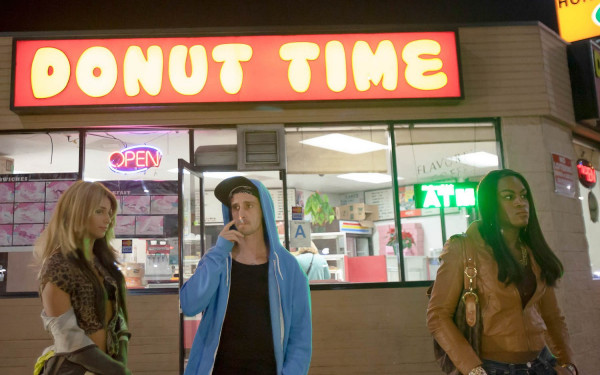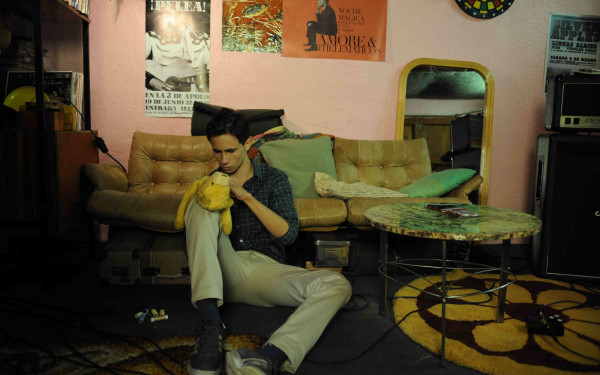Highlights from Fantasia Film Festival 2015
by Trent Lee and Nicole Yeba
After another year at the Fantasia Film Festival, The Link’s contributors Trent Lee and Nicole Yeba pull some chairs together to have a wrap-up panel discussion highlighting the best and worst of FFF 2015.
Trent: Nicole, your overall take of this year’s festival?
Nicole: I thought this was an interesting year with a good selection of movies. There was a novelty with movies from the African continent. The three movies – each distinct – in Fantasia’s Underground category are Who Killed Captain Alex?, Ojuju and Crumbs. There were many world premieres from coming from everywhere with some film crews presenting their films in person. Two remarkable premieres were the Danish film The Shamer’s Daugther and Israeli film JeruZalem. The first was an underrated medieval fantasy based on the first novel of a young adult series while the latter was an original sold-out apocalyptic horror film. The choice of Japanese films was exciting with diverse stories from schoolgirls to yakuzas and of course, ninjas. One of the best things was that Japanese director, Sion Sono, known for his eccentric and gory films: Love and Peace, Shinjuku Swan and TAG. The only thing lacking was the few anime releases compared to previous years. There were other animations presented but no classic Japanese animation. Live action movies based on manga series were popular this year, such as Princess Jellyfish, Assassination Classroom and Attack on Titan. I loved that Nongshim noodles were given out during Korean films, a perfect snack!
T: Right. I also picked up on Africa’s great year at FFF, making headlines for the festival. What I also loved this year is cinema with socio-political dimensions to them. Docs like error, The Visit and feature films, like Marshland. Definitely hoping this becomes a growing trend. FFF’s really turned up the angst since premiering Welcome to New York.
N: The trend that needs to continue is definitely an increase of African films in future FFF editions, especially from Ramon Film Productions of Uganda. Everyone needs to experience an Ugandan movie, which is always played with a Video Joker who comments on the film and provokes hilarity amongst the audience members. The screenings would not have any trouble selling out in the smaller cinema room, which is more intimate. There were was not much diversity of Asian films compared to previous years where South-East countries came out strong. There was only one Thai film and no Filipino films, which I found disappointing.
T: I also thought this year lacked major anime releases from Japan, but also sequels and Nordic films. With no Studio Ghibli release, anime overall didn’t populate FFF’s headlines as in the past. Past festival favourites like Library Wars were expected to follow-up, but didn’t make this year’s billing. Instead, drawn out sagas, like Ju-On: The Final Curse, underwhelmed wary audiences while Rurouni Kenshin: The Legend Ends totally flew under the radar. Personally, I found dark, gritty Swedish, Finnish and Icelandic films showed the most consistent quality over the last two years ( When Animals Dream, Metalhead ). Unfortunately, aside from Brigend , an English film shot by a Danish director, Nordic films were put on ice this year. But you mentioned The Shamer’s Daughter, I’ll have to check that out!
N: For sure!

_440_294_90.jpg)
_600_832_s.png)



2014_Marvel_600_375_90_s_c1.jpg)